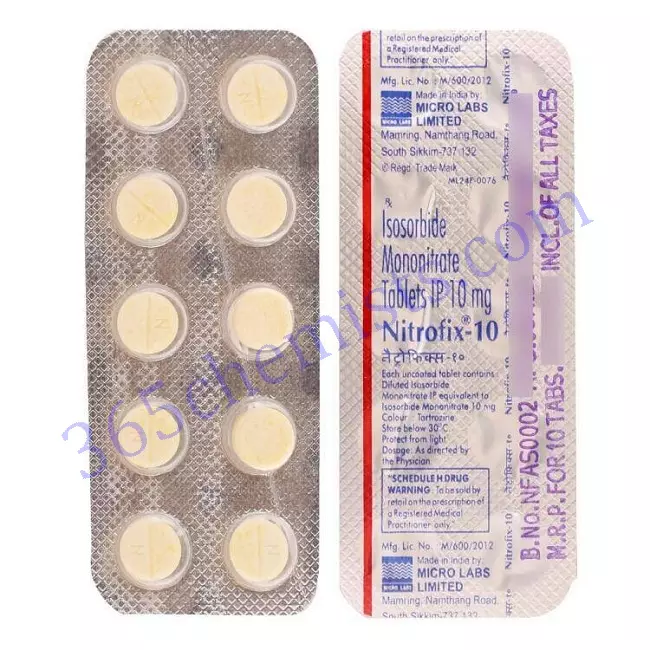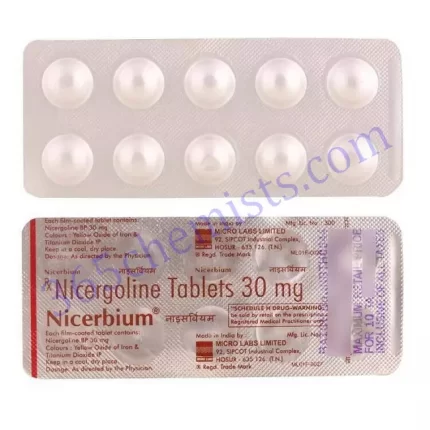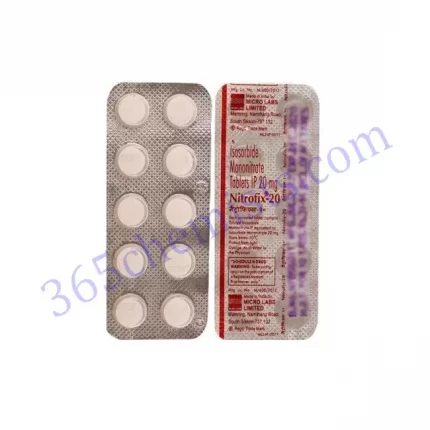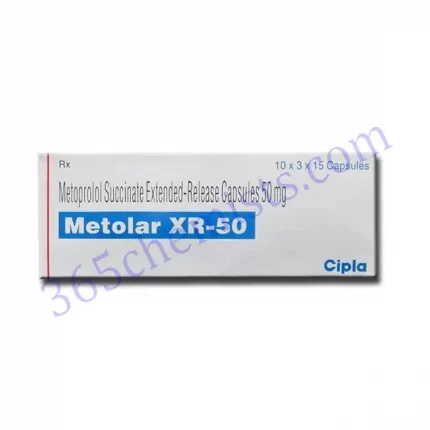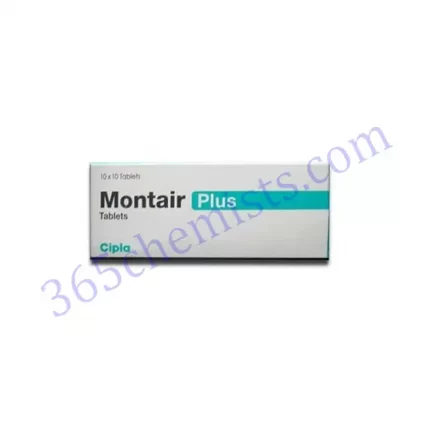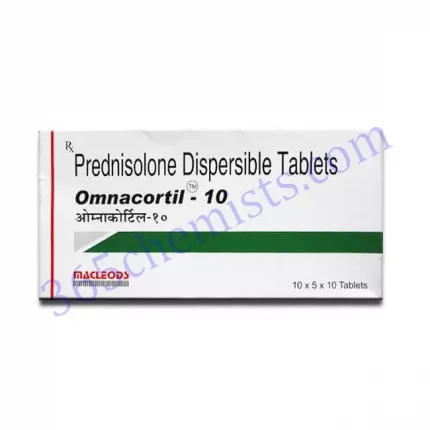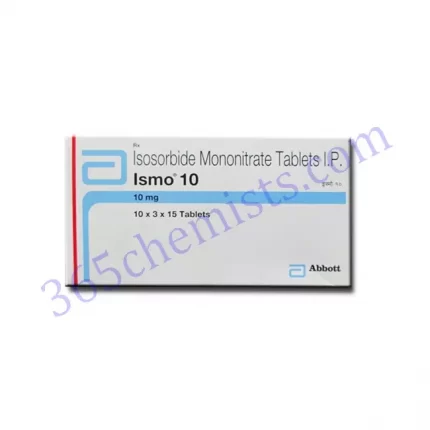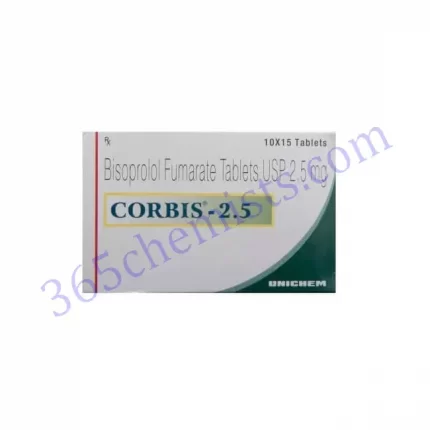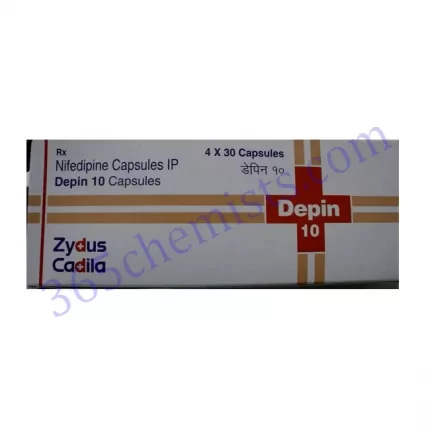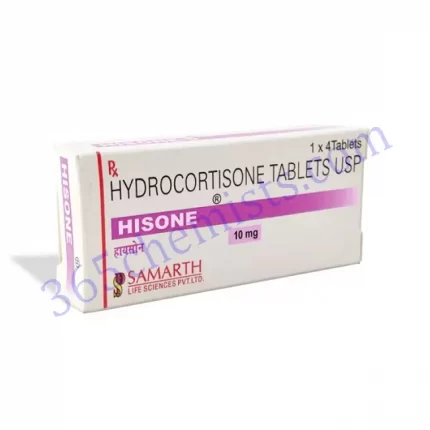Nitrofix 10mg Tablet: A Comprehensive Guide
The active ingredient that can be found in the Nitrofix 10mg Tablet is Isosorbide 10mg. The treatment of angina pectoris, which it is a member of, falls under the category of organic nitrates, and its primary application is as such. In this in-depth guide, we will discuss the applications, dosage, potential adverse effects, and safety measures that should be taken before using Nitrofix 10mg Tablet.
Understanding Isosorbide
Isosorbide is a vasodilator, which means that it works by relaxing the blood vessels and increasing their diameter, particularly the veins. This action decreases the oxygen demand of the heart muscle, which in turn improves blood flow and reduces the amount of work that needs to be done by the heart. As a consequence of this, it assists in relieving the symptoms of angina, which is a condition in which a person experiences discomfort or pain in the chest as a result of a diminished blood supply to the heart.
Uses of Nitrofix 10mg Tablet
Nitrofix 10mg Tablet is most commonly prescribed for the treatment and prevention of angina pectoris, a type of chest pain that is brought on by insufficient blood flow to the heart muscle. It does this by increasing blood flow to the heart, which, in turn, alleviates the symptoms of angina, which are caused by reduced blood flow.
Dosage and Administration
The normal method of administration for Nitrofix 10mg Tablet is by mouth, and the medication can be purchased in a variety of formulations, including immediate-release tablets and extended-release capsules. It is possible for the dosage and method of administration to change depending on the condition of the patient as well as their unique reaction to the medication. It is of the utmost importance to carefully adhere to the directions provided by the prescribing physician.
The typical starting dose for immediate-release tablets ranges from 5 mg to 20 mg, and it is recommended that this dose be taken two to three times daily. Depending on how the patient reacts to the medication, the dosage may be adjusted either up or down. In most cases, the initial dose that is recommended for extended-release capsules is 40 milligrammes taken once daily, with adjustments being made as required.
Side Effects and Precautions
Isosorbide is generally well-tolerated; however, just like any other medication, it has the potential to cause adverse reactions in some people. Headaches, dizziness, lightheadedness, and flushing are all common adverse reactions that can occur when taking this medication. These adverse effects are typically mild and fleeting in nature. However, medical attention ought to be sought out in the event that they continue or become even worse.
While using the Nitrofix 10mg Tablet, the following safety precautions should be observed:
- Do Not Stop Taking Isosorbide All of a Sudden: It is important not to stop taking isosorbide all of a sudden because doing so can cause a rebound effect and make angina symptoms worse. If you feel you must stop taking the medication, it is important that you discuss this decision with your healthcare provider so that you can receive appropriate direction.
- Isosorbide has been linked to lowering blood pressure, which can lead to the condition known as hypotension. This effect may be amplified if the medication is mixed with alcohol or with other substances that dilate blood vessels.
- Tolerance: The use of isosorbide over a prolonged period of time may lead to the development of tolerance, which will result in a reduction in its efficacy. Your healthcare provider may reduce the dosage or suggest taking a break from the medication in order to prevent tolerance from developing.
Interactions with Other Medications
Isosorbide may have an interaction with other medications, which could compromise either their efficiency or their safety. Before beginning treatment with isosorbide, you should discuss any medications, supplements, or herbal products you are already using with your primary care physician. A few examples of common drug interactions that you should be aware of are:
- Phosphodiesterase-5 (PDE5) Inhibitors: Taking Isosorbide along with a PDE5 inhibitor (such as sildenafil or tadalafil, for example) can cause a significant drop in blood pressure. It is recommended that you steer clear of this combination.
- Isosorbide, when combined with other vasodilators, may increase the risk of hypotension as well as other adverse effects.
Conclusion
One of the most helpful medications for the treatment of angina pectoris is the Nitrofix 10mg Tablet, which contains 10mg of the drug isosorbide. It does this by relaxing the blood vessels, which leads to an increase in blood flow to the heart, which in turn helps relieve discomfort and chest pain. When utilising the Nitrofix 10mg Tablet, it is absolutely necessary to take the dosage that has been prescribed to you and to follow all of the safety precautions. It is essential to engage in routine follow-up with a healthcare provider in order to guarantee correct management and satisfactory outcomes. Consult your healthcare provider if you experience any negative effects from the medication or if you have any concerns about it. They will be able to provide you with the appropriate guidance and support.

